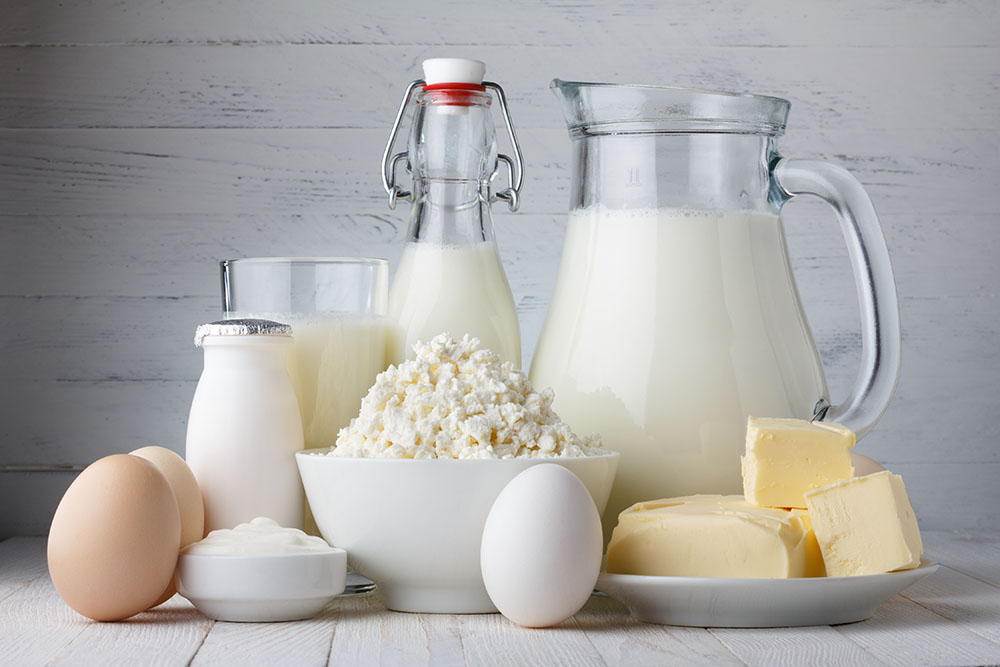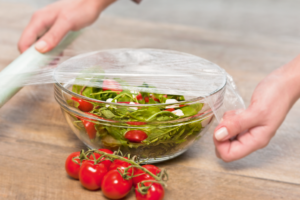
Lactococcus and Streptococcus bacteria create nisin, a bacteriocin that has antibacterial properties. There are numerous unique amino acids in the translation of Nisin due to post-translational changes, which are classed as Type A (I) Lantibiotics. Nisin has been widely utilised as a food preservative for the past few decades. There have since been a number of natural and genetically modified nisins discovered and researched for their specific antibacterial characteristics. Nisin is a peptide that has been approved by the FDA and is GRAS (generally recognised as safe).
When used in combination with standard medicinal medications, nisin has been shown to have anti-biofilm characteristics. In addition, nisin, like host defence peptides, may trigger the adaptive immune response and play an immunomodulatory role. There is mounting evidence that nisin inhibits tumour growth and exhibits specific cytotoxicity against cancer cells. Nisin’s significance as a food biopreservative has been overtaken by a wider range of uses. As a result, investigations on nisin will be described and compared in this review, which will shed light on potential biomedical applications in the future.
As the only pure antimicrobial peptide recognised by the US Food and Drug Administration, nisin has gained a lot of attention in the food packaging industry. Beef carcasses were vacuum-packed using a polyethylene-based plastic film that contained nisin.
No widespread bacterial resistance to nisin, the prototypical lantibiotic, has been observed in the food business for more than 40 years of use
A higher level of living is necessitated as discretionary money rises. As a result of urbanisation, an increase in the working population, and people’s hectic and busy schedules, the demand for nutritious and high-quality food is on the rise. In our daily lives, things like quick noodles, frozen dinners, packaged snacks, dairy products, soft drinks, energy drinks, and baked cuisine all play an important role. Preservatives for food and beverages are predicted to grow in demand as more and more food and beverage items incorporate various additives and preservations to enhance shelf life, maintain quality, and decrease deterioration from various microorganisms.
Segments of the Nisin Market
Type, application, and geography are some of the segments of the nisin market analysis. Powders and liquids are the two basic forms. Pharmaceuticals, cosmetics, and personal care products all fall within the broad category of personal care products. Meat and poultry items, dairy products, beverages, canned goods, and others make up the food and beverage section. For this research, we looked at North America (including the U.S. and Canada), Europe (including the rest of Europe), Asia-Pacific (including the rest of the Asia-Pacific region), and LAMEA (including the rest of the Middle East and North Africa) (Brazil, Argentina, the United Arab Emirates, Nigeria, Turkey, South Africa, and rest of LAMEA).
Scope Of Nisin Market:
The Nisin Market is expected to grow at a CAGR of almost 5.1 percent between 2022 and 2028, from a revenue of about $439 million in 2020 to about $1,038 million in 2028. There is a port that provides a global and regional overview and analysis of the Nisin Market. An in-depth analysis of the market competition, revenue forecasts, opportunities, evolving trends and industry-validated data is included in the study’s findings. There is a projection for 2022 to 2028 based on revenue, as well as historical data going back to 2018.


